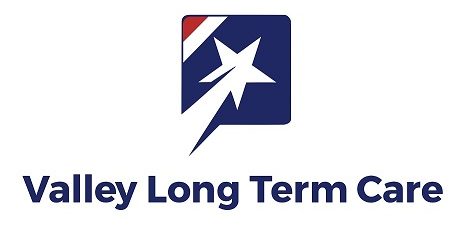The VA has instituted new rules that go into effect 18 Oct 2018. These rules will help some veterans qualify easier and some will not qualify at all. The below is a summary of these changes;
-
Under the old rules you could not have more than $40,000 in countable assets. This could be substantially lower depending on age, health or marital status.
-
Now the VA has adopted the federally-mandated Medicaid Community Spouse Resource Allowance (CSRA) as a net worth limit. This year that amount is $129,700. This net worth limit is based on total income plus convertible assets, including the contents of Irrevocable Trusts less than 3 years old.
-
The Medicaid net worth limit is intended for a married couple, but the VA applies it to every applicant, regardless of marital status. So, the VA is being more generous and as a result more applicants may be able to qualify who would have been considered “over-resourced” prior to October 18th.
-
The primary residence is an exempt asset. The net proceeds from the respective sale are considered an asset unless the proceeds are used to purchase another residence within the same calendar year.
-
Mortgages do not reduce the amount of other countable assets.
-
Final expense policies are still deductible from Assets.
-
Transferring assets into irrevocable trusts or Medicaid-friendly annuities, even though they are not countable assets, clearly create a potential sanctionable event. This could mean up to a 5 year penalty before being able to re-apply.
-
And, most importantly, the VA has enacted a 3-year lookback for such transfers, including gifts which would trigger up to a 5-year penalty unless disclosed.
-
The entire realm of Unreimbursed Medical Expenses or UME have been greatly expanded and are more liberal. Keep in perspective that reasonably predictable medical expenses are subtracted from income and that the actual payment of medical expenses will reduce assets. Medical expenses exceeding income do affect net worth.
-
Under certain circumstances, fees relating to residence in an Independent Living Facility now count as a Medical Expense.
-
Prescriptions, which were previously counted only in the second year of the claim as a UME will now be deducted from income in the first year, along with special dietary items, vitamins and supplements if they are prescribed by the claimant’s physician.
-
Costs relating to service animals and transportation for healthcare purposes are now countable UME.
-
Family members can now be paid caregivers in addition to healthcare personnel. Payments to family members will count as Medical Expenses, provided a qualified medical professional indicates that the applicant requires a protected environment due to a “physical, mental, developmental, or cognitive disorder.”
-
Qualifying payments to caregivers can also include services which previously did not count as UME, such as shopping, preparing meals, laundry and housekeeping, managing the applicant’s medications, and helping with the applicant’s finances.
-
An added Activity of Daily Living or ADL is “ambulating within the home or living area.” Medication administration, if performed by a health care provider, is a medical expense.
-
A catch-all phrase for a medical expense will be “to protect the individual from hazards or dangers incident to his or her environment.”
-
The final definition of “custodial care” is “regular assistance with two or more ADL’s or supervision because an individual with a physical, mental, developmental or cognitive disorder requires care or assistance on a regular basis to protect the individual from hazards or dangers incident to his or her environment.”
-
The final rules do not include a limit to the hourly rate of in-home care.
-
Payments for assistance with ADL’s and IADL’s by an in-home attendant are medical expenses as long as health care or custodial care are provided.
-
Medical expenses are further defined as payments for items or services “that are medically necessary; that improve a disabled individuals functioning; or to prevent, slow, or ease an individual’s functional decline.”
The current tax-free benefit monthly amounts are;
-
- $2,266 for a married veteran
- $1,912 for a single veteran
- $1,466 for a Surviving Spouse
- $3,032 for a married couple who both are Wartime Veterans.
You can be living at home and receive this benefit. I have a checklist of things to go over with you to determine eligibility. There are income and asset restrictions.
I’m a US Navy 20 year veteran. I’m an expert on this and other ways to Pay For Long Term Care, and am available to consult 1 on 1 or for your group as requested. Please contact me (Ken) at 602-418-0694 to set up an appointment.
